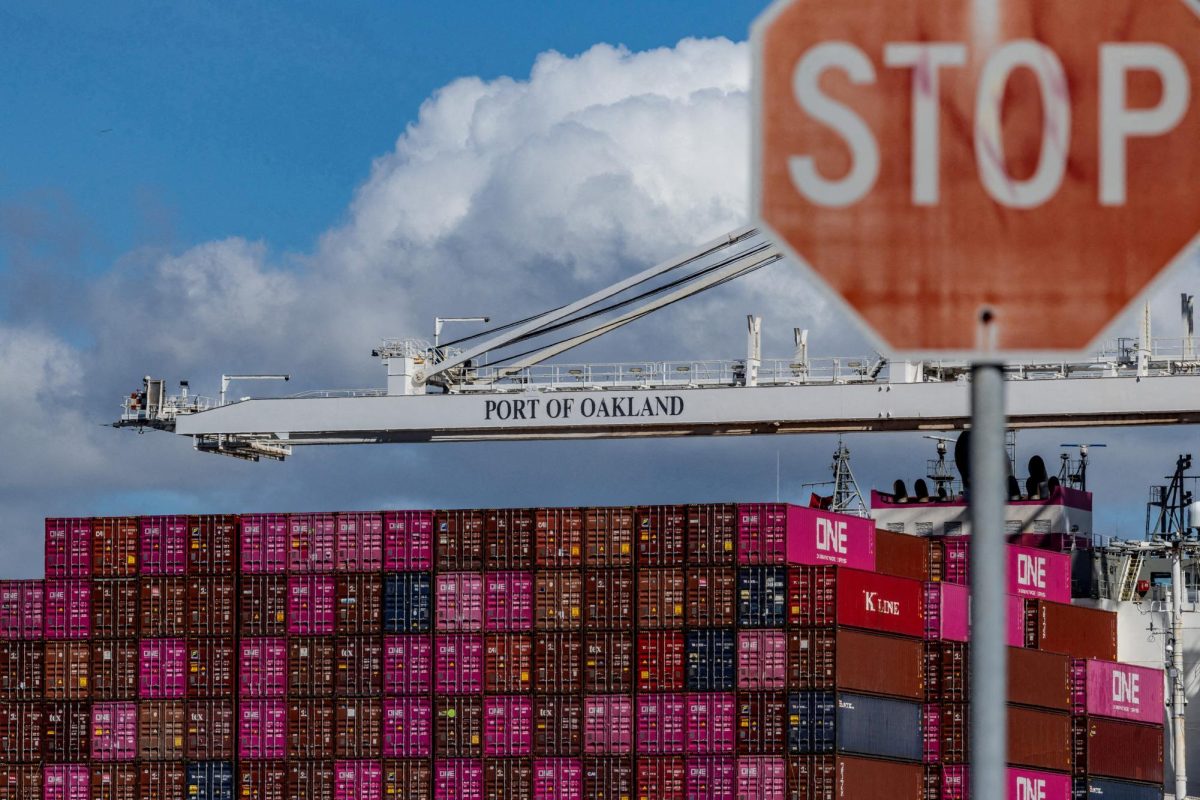On March 19th, the Federal Reserve announced that they would hold their current interest rate levels but raised the forecast for inflation (2.5% to 2.7%) and lowered GDP growth expectations (2.1% to 1.7%). The uncertainty of President Trump’s policies and fear over their potential impact on inflation have left the Central Bank with a “wait and see” approach.
The Federal Reserve’s main ability is to control the federal funds rate, which determines the interest rate that banks use when lending reserves to each other. This in turn affects the rates at which banks lend money out to everybody else, including mortgages, auto loans, and credit cards. In theory, raising interest rates should slow spending and in turn slow the rise in prices. The Fed can also inject money into the economy in many ways such as purchasing bonds from the government or banks. Alternatively, by doing the opposite, it can encourage spending and stimulate the economy. As the economy becomes more unpredictable under the new administration, the Federal Reserve will remain patient until all the effects can be assessed.
The recent tariffs enacted by President Trump have faced a lot of criticism, many saying that his policies may slow economic growth, raise inflation, and even push America into a recession. Trump has stated that “we may have some short term, some little pain, and people have to understand that, but long term, the US has been ripped off by virtually every country in the world. We have deficits with almost every country. Not every country but almost. And we’re going to change it.” He believes that the US has had unfair trade with many countries, and by enacting tariffs, the US can level the playing field and potentially renegotiate trade deals to favor the US.
In the short term, imposing tariffs can disrupt international trade by raising the import prices for corporations. This will often lead to higher prices for consumers and a slowdown in consumer spending. On top of this, foreign nations may impose retaliatory tariffs, making it harder for America to export goods and further slow down economic growth. However, over the long term, President Trump believes that enacting tariffs can shift American demand towards domestic products, increasing American production. In addition, Trump is leveraging the fact that America is the largest consumer in the world, importing over 3.8 trillion dollars worth of goods in 2023. Countries cannot afford to lose out of US consumption and therefore may be hesitant to retaliate and urge to renegotiate trade.
Trump’s “Liberation Day” will be held on April 2nd, where he will announce a new wave of reciprocal tariffs. All the possible effects must be taken into account by the Federal Reserve. If the economy slows, it may need to lower interest rates and inject money into the economy. However, if done incorrectly, it may actually raise inflation while not helping economic growth.

